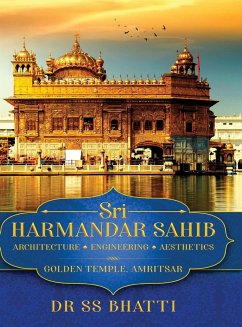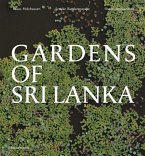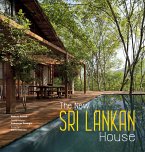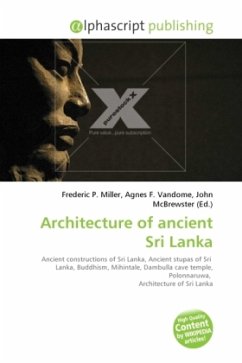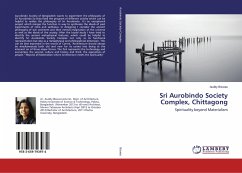Sri Harmandar Sahib: Architecture ¿ Engineering ¿ Aesthetics (Golden Temple, Amritsar) is based on the author's doctoral research for which he was conferred his third PhD by the Panjab University in 2008. This holy shrine is the only example of Religious Architecture in the world that derives its concept and inspiration from the Sikh Faith's Holy Book, Sri Guru Granth Sahib. Known all over the globe as the Golden Temple, it has been awarded the certificate of the 'most visited place of the world' by the London-based organisation, World Book of Records (WBR). Though the world's greatest architects have designed modern buildings for Religious Architecture of different faiths, the author says, only one architect in 45 centuries of recorded history mentions architectural creativity as an act of divine inspiration. He is the Spanish genius Antoni Gaudi who said, in the Sagrada Familia (The Sacred Family), everything is providential. The stated distinction was achieved by a kind of Building Design that deploys Human Scale unlike the places of worship of other faiths which invariably exalt Monumental Scale. The Golden Temple size is incredibly modest, which also underscores the cardinal principle of Humility. Furthermore, the Shrine's height is less than the height of a house permitted for Shudras, the lowest caste in Hinduism, in the Indian tradition. The holy shrine is approached by descending two-storey height from the ground level in sharp contrast to all places of worship of other religions that are approached by a flight of steps to reach their high plinth. The Golden Temple also celebrates all cardinal points as sacrosanct by virtue of being an integral part God's creation of the universe, and respects any orientation that the site offers unlike in the case of other religions that makes an inviolable prescription. The magnanimous attitude of unconditional reverence for Mother Earth that permits an entrance on each of the four sides of the Golden Temple expresses the universalness of the Sikh Faith. It is noteworthy that the Golden Temple is located in a large water body called the Amrit Sarovar [Pool of Elixir]. First book of its kind in the world, Sri Harmandar Sahib - Architecture ¿ Engineering ¿ Aesthetics is written by a formally trained architect whose spiritual leanings and enormous research-based writings on diverse disciplines have won international acclaim. The author has convincingly established that Sikh Architecture exists as a valid architectural style like Hindu, Buddhist, Christian, Islamic, etc. His conclusion is that the holy shrine is the Matrix, Mother, and Marvel of Sikh Architecture. Furthermore, the Golden Temple, according to him, is a Paragon of Spiritual Architecture in the world.
Hinweis: Dieser Artikel kann nur an eine deutsche Lieferadresse ausgeliefert werden.
Hinweis: Dieser Artikel kann nur an eine deutsche Lieferadresse ausgeliefert werden.

